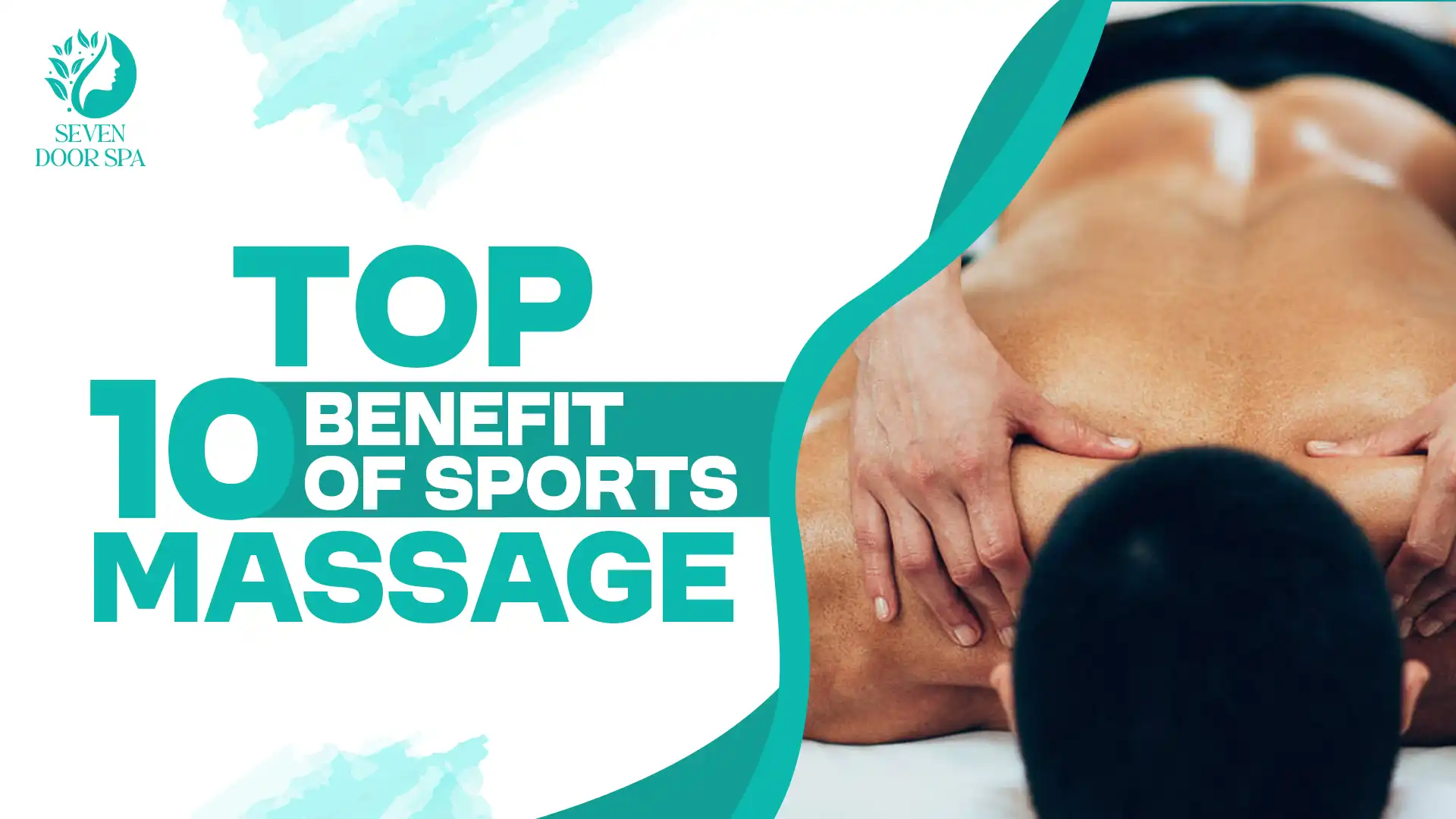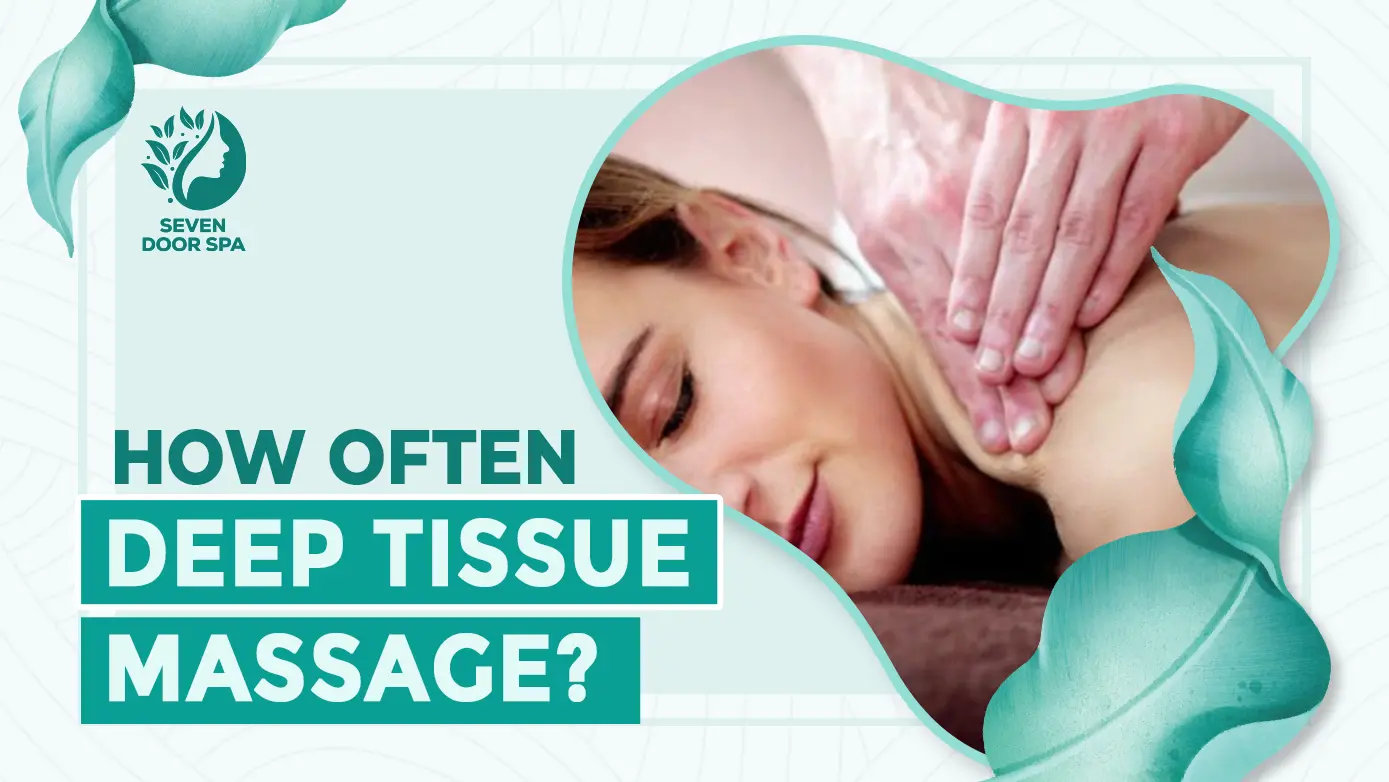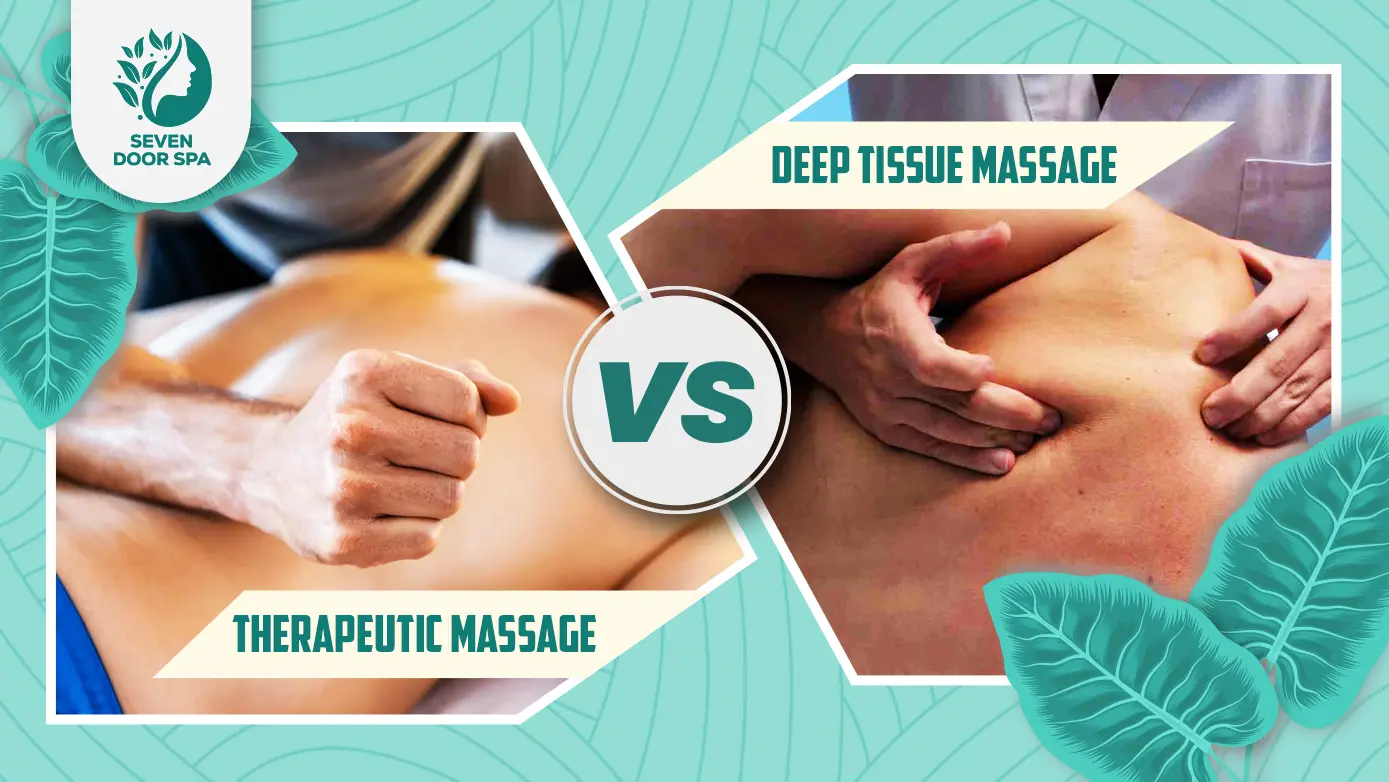Do you want to improve your general well-being and performance with the help of massage? Sports massage might be exactly what you want. As a specialized form of massage therapy, this technique offers a variety of advantages.
Today, we are going to talk about benefit of sports massage and how it helps in achieving a higher performance. As an athlete or a person wanting to live a healthy life, having knowledge about the benefits of sports massage may help you reach your potential. So, turn on your favorite playlist, kick back, and soak in the wide range of advantages that sports massage has to provide.
What Is The Sports Massage ?
Sports massage is a type of massage therapy that is tailored to the needs of athletes and active people. It assists with performance, injury prevention, and recovery. This kind of massage focuses on individual muscles used in physical activity. These techniques might include deep tissue massage, stretching, and trigger point therapy.
It can be done beforehand to prep muscles or afterward to relieve soreness and stiffness. Sports massage enhances circulation, flexibility, and muscle function. It also aids in the displacement of toxins such as lactic acid. It is appropriate for professional athletes and casual exercisers alike. According to a study, sport massage can enable better movement, faster healing, and overall physical well-being.
Top 10 Benefit Of Sports Massage
In sport massage mainly targeted towards the muscles used in a particular sport, whilst utilising numerous techniques to relieve muscle pain, increase flexibility and improve overall well-being. Today, we thought we share the top 10 benefit of sports massage.
1.Enhanced Muscle Recovery and Reduced Soreness
Muscles can incur micro-tearing and inflammation after strenuous physical activity, which causes soreness. Sports massage stimulates blood circulation, which helps carry away metabolic waste products such as lactic acid and provides oxygen and nutrients to the muscles. This speeds up recovery and decreases delayed onset muscle soreness (DOMS), enabling athletes to get back to their training regimens sooner.
2.Improved Range of Motion and Flexibility
Sports massages can loosen muscles and improve both muscle and joint flexibility by working certain muscle groups. This helps reduce muscle tension and increase joint flexibility, resulting in more freedom of movement and boost the performance for athletes.
For example, increased flexibility is an asset for climbing or any other activity that requires a large range of motion.
3.Injury Prevention
Sports massage is effective in preventing injuries caused by repetitive activities, as it can treat muscle imbalances and tension areas before they become problematic. Regular sessions can identify potential problems early on, making strains, sprains and other injuries less likely.
4.Relief from Muscle Tension and Knots
Tight or twisted muscles may restrict athletic performance and cause discomfort. Sports massage therapists use several techniques, including deep tissue massage and trigger point therapy, to successfully alleviate muscle stress and knots. These treatments enhance muscular relaxation, break down adhesions, and reduce stiffness.
Sports massage can reduce discomfort and improve performance by targeting specific areas of stress. It improves circulation, allowing muscles to obtain necessary oxygen and nutrients, leading to better recovery and performance.
5.Enhanced Mental Relaxation and Stress Reduction
Aside from physical wellness, sports massage also benefits mental fitness. Massage promotes the release of endorphins (the feel-good hormones) that improve your mood and relieve stress. This can enhance mental calm, leading to increased attention and clarity, enhancing athletic performance and daily living.
6.Improved Circulation and Nutrient Delivery
The sports massage therapist works on the soft tissues and applies pressure to promote better blood circulation to the muscles. The improved circulation flushes lactic acid and other metabolic waste products that can build up during vigorous exercise.
Even better circulation allows the muscles to receive oxygen and vital nutrients, which is necessary for muscle repair and recovery. Increased oxygen and nutritional delivery can improve your overall physical performance, stamina, and endurance.
7.Faster Recovery from Intense Workouts
Intense workouts can lead to muscle fatigue and soreness. Sports massage aids in recovery by reducing muscle fatigue, decreasing inflammation, and promoting healing. This allows athletes to maintain consistent training schedules without prolonged periods of rest due to muscle soreness.
8.Improved Sleep Quality
Sports massage reduces stress and muscle tension, which can promote better sleep quality. Getting enough sleep improves recovery, energy, and overall health, leading to improved performance in the gym and beyond.
9.Enhanced Body Awareness
It also teaches greater body awareness, so you are more aware of your body, including the functioning of your muscles. It can help to create a better awareness of your body overall, which can lead to better postures, better movement patterns, and less risk of injury.
10.Improved Performance
Sports massage plays a crucial role in optimizing athletic performance by relieving muscle tension, improving flexibility, and expediting recovery. This increased performance may be seen in strength, endurance and overall effectiveness in their sport.
Sports massage is a delightful addition to your routine with benefits that go beyond relaxation alone. Sports massage not only prepares the body for athletic activity and also helps in recovery after putting it through its paces when so much more is being asked of it. Working with a licensed massage therapist will allow you to customize your sessions to your unique needs, facilitating the best results and a holistic approach to health and wellness.
When Should I Have A Sports Massage?
Benefits of Sports Massage Depending on activity level and goals, sports massage can be beneficial at various times. Here are the main times of year you might want to pick up one:
Pre-Exercise or Pre-Competition
A massage will warm your muscles before activity. It loosens muscles, gets your heart pumping and prepares your body for activity. This is typically a brief, invigorating massage performed 1–2 hours before the event.
After Exercise or Competition
Remember the post-event massage helps your body recover. It decreases muscle soreness, flushes waste products such as lactic acid and helps in reducing the risk of injury. This is a more relaxing massage that is about calming the muscles.
During Training
Regular workouts keep the tightness at bay, and will help you remain supple throughout your schedule. It also helps you find little aches before they turn into big injuries.
When Recovering from Injury
Sports massage promotes blood flow and breaks scar tissue, allowing for quicker healing. It also alleviates pain and allows muscles to return to normal activity.
For General Maintenance
Even without pain, a sports massage once a month or every other week will help keep your body functioning optimally. Its goal is to restore physical balance, correct posture and improve movement in general.
Sports Massage Techniques
Sports massage is a specialized form of therapy aimed at improving athletic performance, speeding up recovery, and preventing injuries. It involves a variety of techniques, each with specific benefits. These techniques target muscles and soft tissues used during physical activity.
Effleurage (Gliding Strokes)
Effleurage uses long, smooth, gliding strokes, and is typically performed at the beginning and end of a massage session. It warms up the muscles, blood flow and helps in easing up the body. It also enables the therapist to assess for any tightness or irregularities in the muscle tissue.
Petrissage (Kneading)
Petrissage consists of squeezing, kneading, and lifting the muscles. This technique works deeper within the muscle layers to help break up adhesions and improve circulation.It helps in flushing out toxins and relaxing tight muscles. Petrissage is especially beneficial post-exercise to reduce soreness.
Friction
Friction uses deeper, circular, or perpendicular movements across muscle fibers, tendons, or ligaments. It can be especially effective in breaking down scar tissue and realigning muscle fibers following injury. Friction is a common technique used in rehabilitation settings and can be quite aggressive, so communication between the therapist and client is important.
Tapotement (Percussion)
Tapotement involves rhythmic tapping, cupping or hacking movements. It wakes up nerves, increases blood flow and helps “wake up” the muscles. This technique is primarily utilized prior to events in order to drive the athlete and activate muscle.
Vibration/Shaking
This method uses fast shaking or vibrating movements to your muscles. It may help relieve tension, promote lymphatic flow and, in turn, relax muscles. It is also common to use vibration during cool-down phases to help with muscle recovery.
Trigger Point Therapy
Trigger point therapy targets specific tight spots or “knots” in muscles that cause pain or restrict movement. Pressure is applied to these points to relieve muscle spasms and referred pain. This technique can be uncomfortable but is effective for deep muscle issues.
Stretching and Passive Movements
Often integrated with massage, stretching helps increase flexibility, reduce muscle stiffness, and prevent injuries. Passive stretching, where the therapist moves the limb for the athlete, helps in elongating muscles without effort from the athlete.
Final Words
Experience the transformative benefits of sports massage for yourself and elevate your athletic performance to new heights. Whether you’re looking to enhance your recovery, prevent injuries, or optimize your training regimen, sports massage can be a game-changer. Embrace the power of this therapeutic practice and unlock your full potential. Discover a new level of well-being and performance through the healing touch of sports massage.
FAQs
Sports Massage Vs Deep Tissue
Sports massage targets muscles used in physical activity, helping athletes improve performance, recover faster, and prevent injuries. It includes techniques like stretching and trigger point therapy.
Deep tissue massage focuses on relieving chronic pain and muscle tension by applying deep, slow pressure to inner muscle layers. It’s ideal for treating stress, posture issues, or old injuries. While both use firm pressure, their goals and target audiences differ.
What Are The Disadvantages Of Sports Massage?
Sports massage can cause soreness, bruising, or discomfort, especially after deep pressure. It may not be suitable for people with certain medical conditions like blood clots or recent injuries. Overuse can lead to muscle irritation. Always consult a professional to avoid risks and ensure it’s safe for you.




